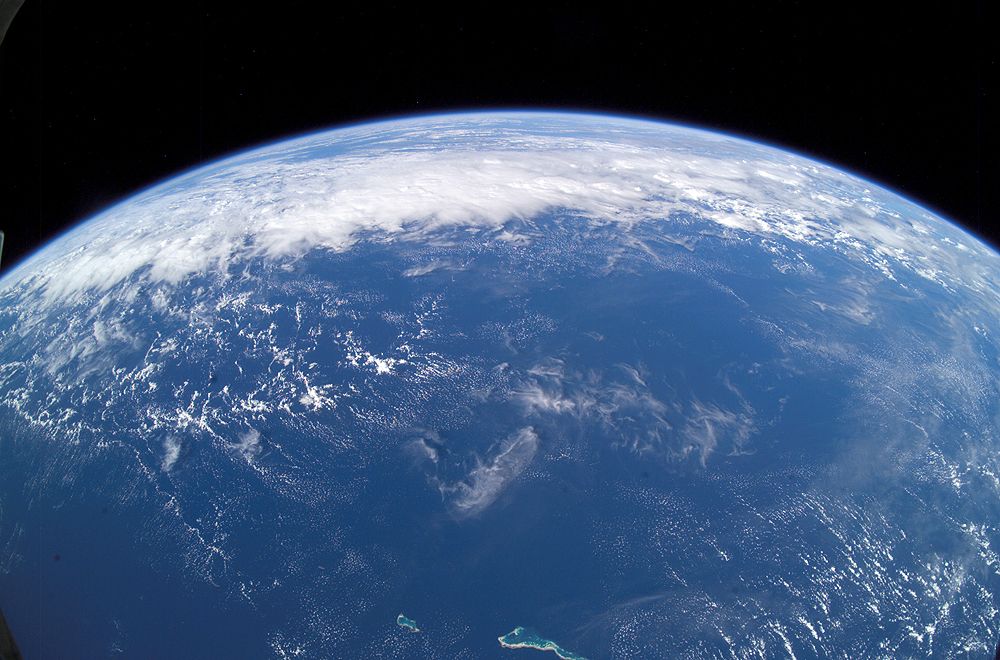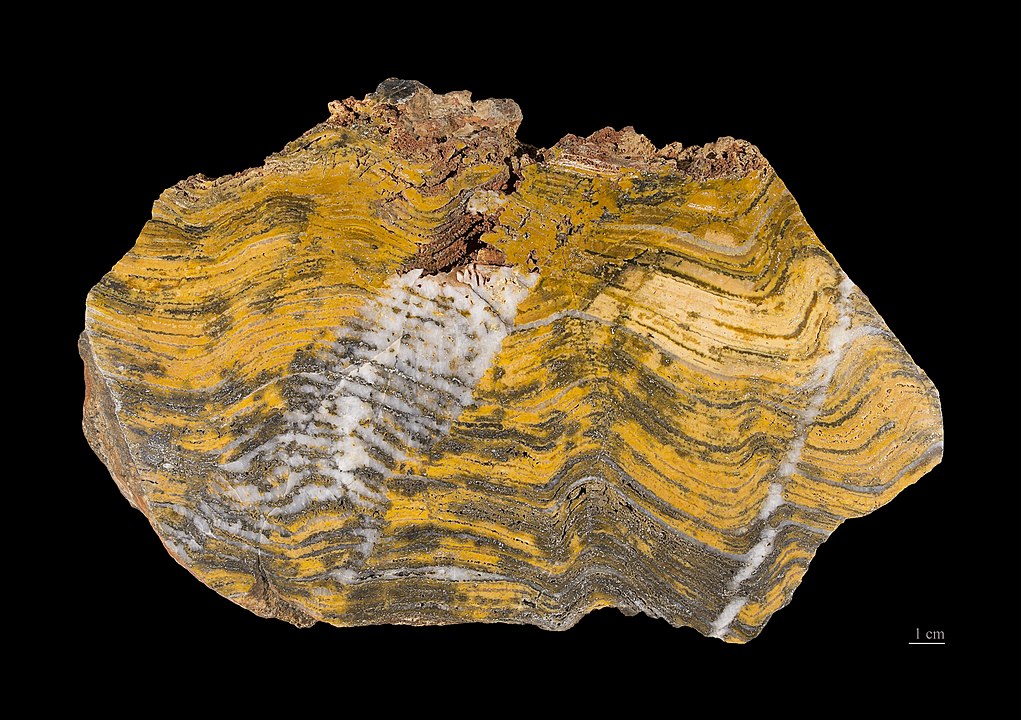Don’t worry. The oceans aren’t going to dry up. At least not any time soon, so no need to add it to the list of things to worry about.
But, what would our planet look like if they did? Dr. James O’Donoghue from JAXA decided to find out.
Continue reading “This is What the World Would Look Like if the Oceans Dried Up”








